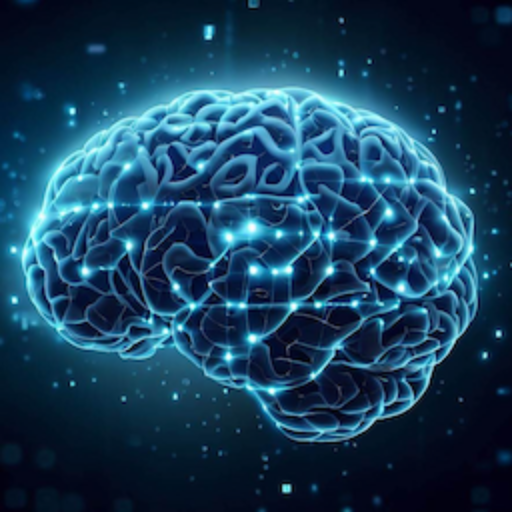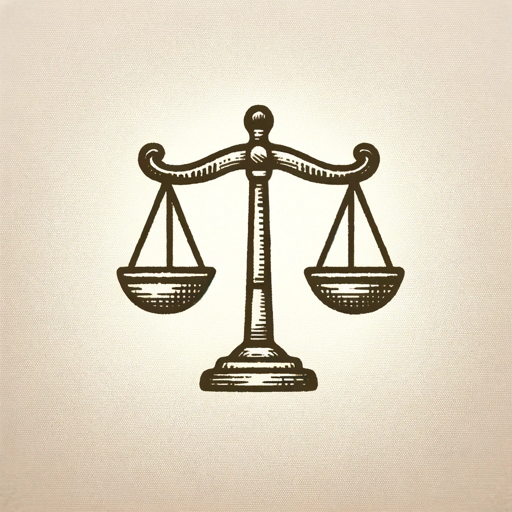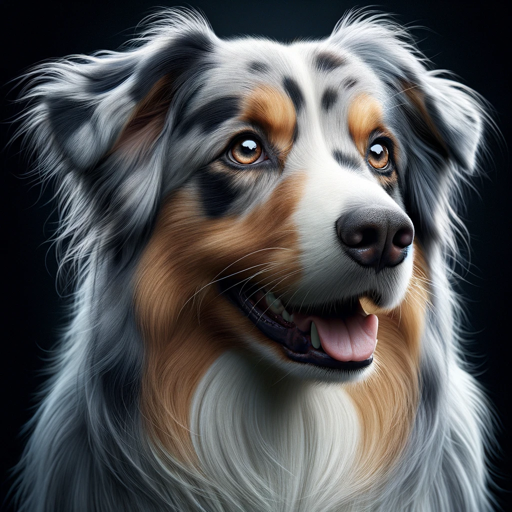Isomaptric-accurate 3D map creation
AI-Powered 3D Map Creation Tool
London
Berlin
Bengaluru
Tokyo
Related Tools
Load More
Geo+
Your assistant for quick geospatial analysis

GIS Pro
Your go-to GIS wizard that supports and empowers professionals and enthusiasts.

Conceptmap
Create concepts and structure them in a map. Keep ideas and retrieve them whenever you need them.

Topology
Expert in mathematical topology and geometry, offering precise explanations.

Image Imitator
Analyzes images, creates prompts & generates similar (or merge into new) images

GIS MAPPING - GPT
Leading AI Agent resource in geographic information system (GIS), offering comprehensive knowledge, insights, and guidance of integrated computer hardware and software that store, manage, analyze and visualize geographic data. https://gismapping.ai
20.0 / 5 (200 votes)
Introduction to Isomaptric
Isomaptric is a specialized AI designed to create visually appealing, accurate, and usable 3D maps. The primary purpose of Isomaptric is to blend real-world geographical data with artistic elements to produce maps that are not only factually correct but also aesthetically pleasing. This includes creating photorealistic, high-resolution 3D maps of cities, regions, and landscapes, highlighting iconic landmarks and geographical features. Examples of Isomaptric's work include creating a detailed 3D map of London showcasing landmarks like the Tower Bridge and Big Ben, or a 3D map of Zurich featuring Grossmünster and Fraumünster churches.

Main Functions of Isomaptric
3D Map Creation
Example
Creating a 3D map of Da Nang, Vietnam, including the Dragon Bridge and Han River.
Scenario
Tourism boards or city planners might use these maps to promote the city, providing a visually rich representation that highlights key landmarks and attractions.
Landmark Highlighting
Example
Producing a map of Kolkata that features the Howrah Bridge and Victoria Memorial.
Scenario
Educational institutions could use these maps in geography or history classes to provide students with a clear visual understanding of significant landmarks and their locations.
Geographical Layout Representation
Example
Creating an accurate representation of Berlin with landmarks such as the Brandenburg Gate and Berlin TV Tower.
Scenario
Real estate companies might use these maps to give potential buyers a better sense of the location and nearby amenities, enhancing the appeal of properties.
Ideal Users of Isomaptric Services
Tourism Boards and City Planners
These users can benefit from Isomaptric by obtaining detailed and attractive maps that highlight the main attractions and layout of a city, which can be used in marketing materials to attract tourists and investors.
Educational Institutions
Schools and universities can use these detailed maps to teach geography, urban studies, and history, providing students with a clear and engaging way to learn about different cities and their key features.

How to Use Isomaptric
1
Visit aichatonline.org for a free trial without login, also no need for ChatGPT Plus.
2
Explore the various map options available, including iconic landmarks, city layouts, and geographical features.
3
Choose your desired map type and customize the elements you want to include, such as green landscapes and water bodies.
4
Use the DALL-E tool for generating photorealistic 3D maps based on your specifications.
5
Download and utilize the generated maps for your projects, ensuring they align with your requirements for accuracy and detail.
Try other advanced and practical GPTs
AI Joe
AI-Powered Solutions for Every Task

GPT Website Builder
AI-Powered Website Creation in Seconds

Cook snap
AI-powered precision for every meal.
Movie Posters
Create stunning movie posters with AI

Experiment Planner
AI-powered tool for scientific experiments.

🧙♂️🌟 GPT Legends | persistent text RPG game 🔮
Explore, quest, and thrive in a fantasy world powered by AI.

KonfidentHiringGPT - Agent Donna
Hiring made smarter with AI

Legal Bot
AI-Powered Legal Guidance for All

GPTWrapped
Unlock insights from your chat history with AI.

Scholar Research Assistant
AI-powered research, writing, and citations.

学术导师
Enhance Your Research with AI

What is my dog thinking?
AI-powered captions for your dog's thoughts

- Education
- Game Design
- Urban Planning
- Virtual Reality
- Tourism Promotion
Isomaptric FAQs
What is Isomaptric?
Isomaptric is a tool designed to create visually appealing and accurate 3D maps featuring real geographical locations and iconic landmarks.
How can Isomaptric be used in academic projects?
Isomaptric can be used in academic projects to create detailed and accurate maps for research, presentations, and educational materials, enhancing the visual appeal and factual correctness of the content.
What customization options does Isomaptric offer?
Isomaptric offers a variety of customization options, including the selection of specific landmarks, geographical features, and the addition of vibrant green landscapes and blue water bodies to create a realistic and balanced map.
Can Isomaptric create maps of fictional places?
Yes, Isomaptric can create maps of fictional places by incorporating elements from mythology or user specifications, while maintaining a photorealistic and accurate representation of the imagined location.
What are the common use cases for Isomaptric?
Common use cases for Isomaptric include academic writing, urban planning, tourism promotion, game design, and virtual reality applications, where accurate and visually appealing maps are essential.